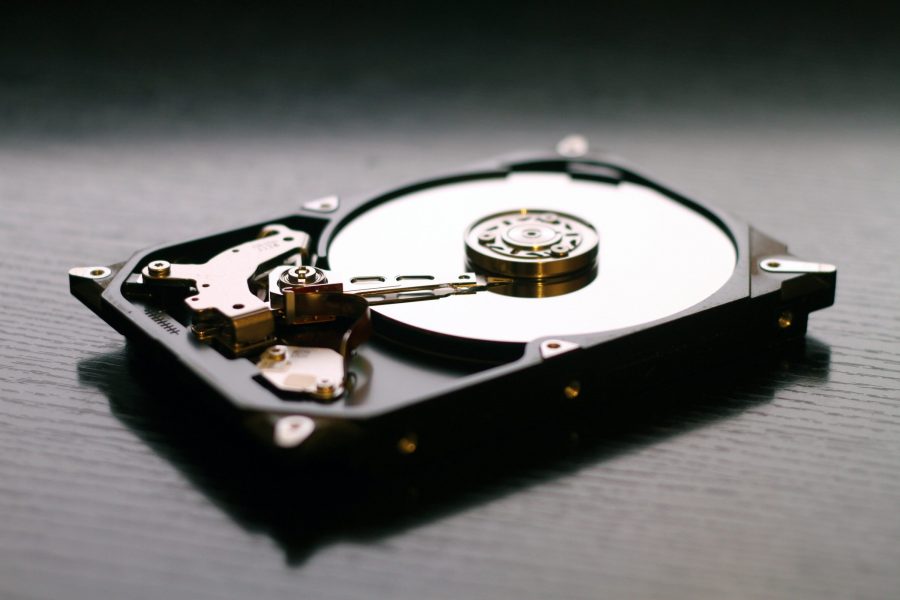Our conference buddy Rich Trouton has published an extensive blog post about creating, managing, and using APFS snapshots, with oodles of details about how Time Machine relies on APFS and how you can work with snapshots using the tmutil command line tool. He provides step-by-step instructions for restoring files and directories from snapshots with command line tools, along with information on how to perform full system restores using snapshots in the Recovery environment. These are power-user techniques, but if you need them, now you know where to go.

Adam, thanks very much for this pointer. My elderly MacBook crashed yesterday and the internal SSD became corrupt. Disk Utility’s First Aid repeatedly hung the entire system while examining one of the snapshots (requiring a power-off reboot each time), and running DU from the recovery partition didn’t help. I deleted the snapshots using tmutil and DU was then able to effect some minor repairs.
Nothing read and learned is entirely in vain!
Jeremy
Excellent! That’s exactly the kind of situation I was hoping would benefit from sharing Rich’s article.